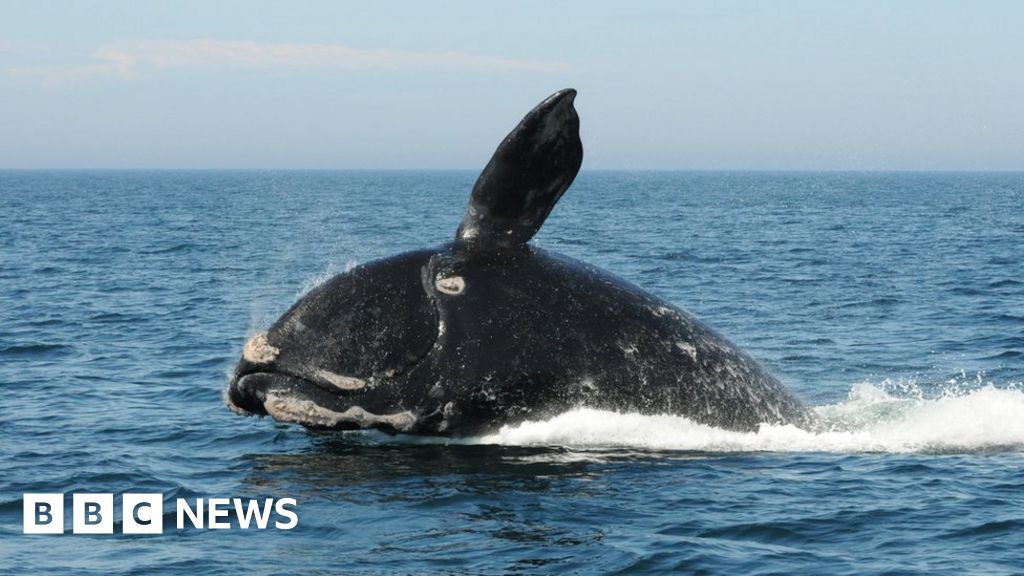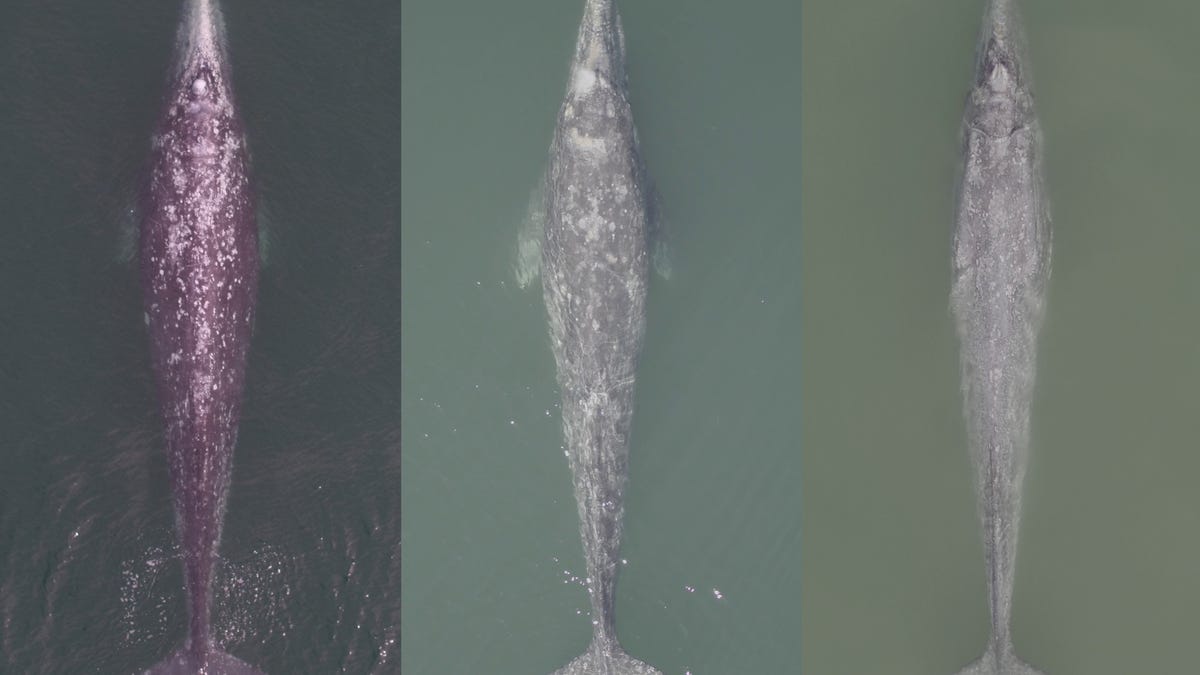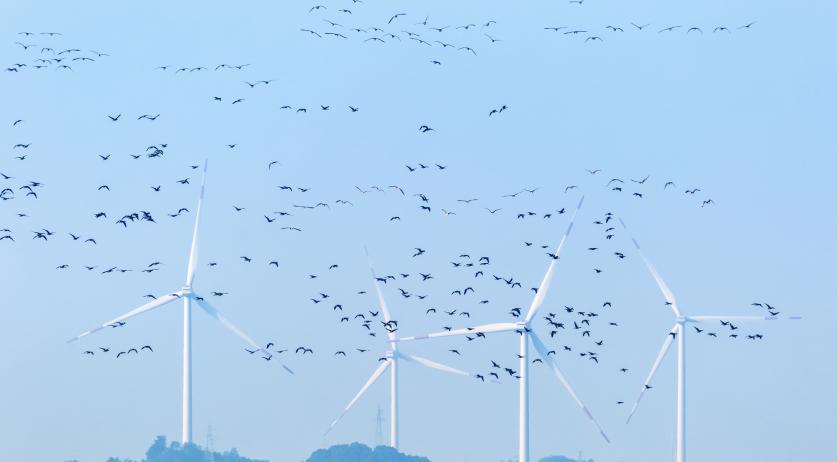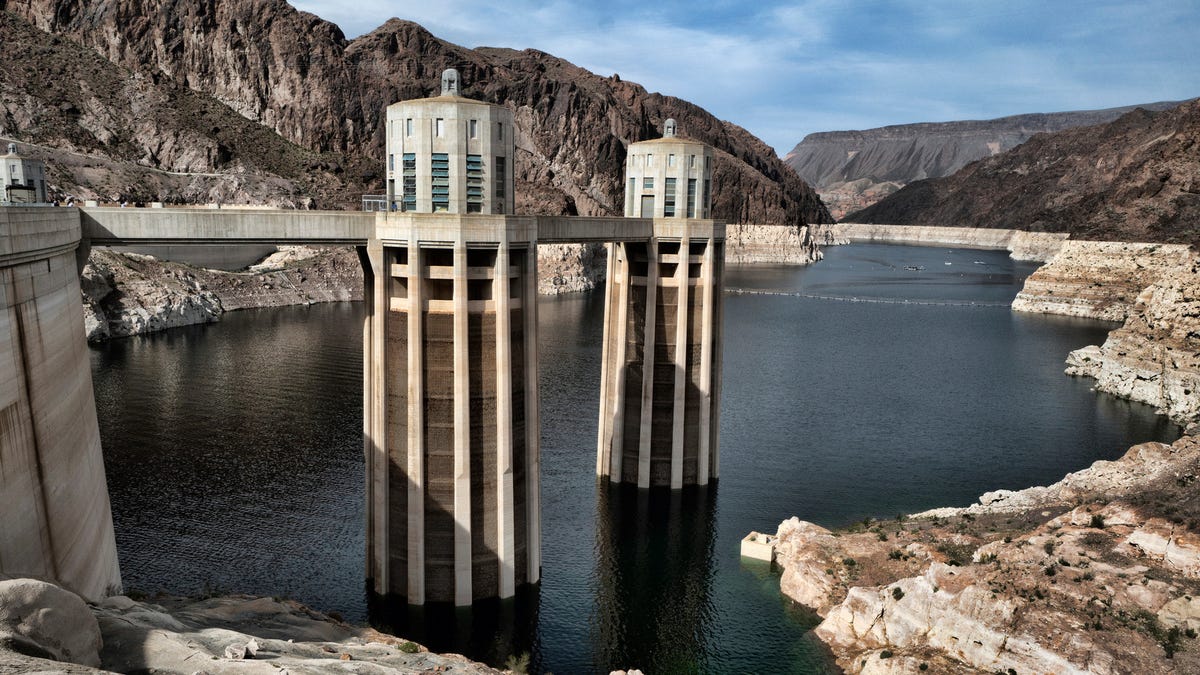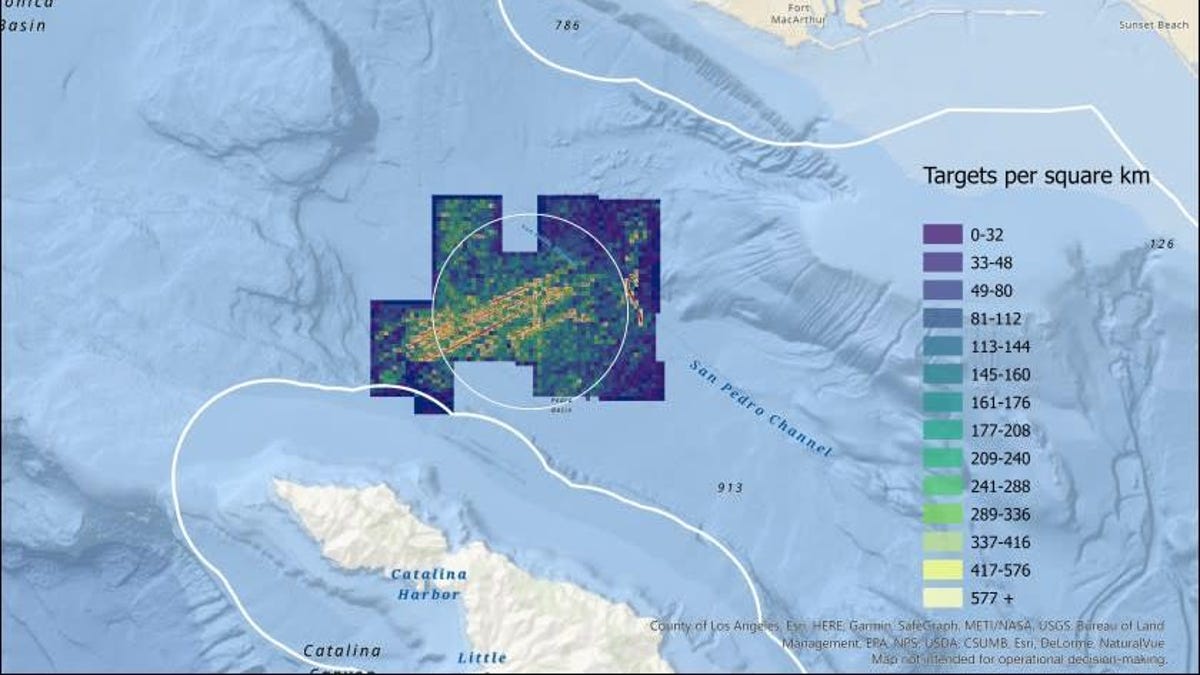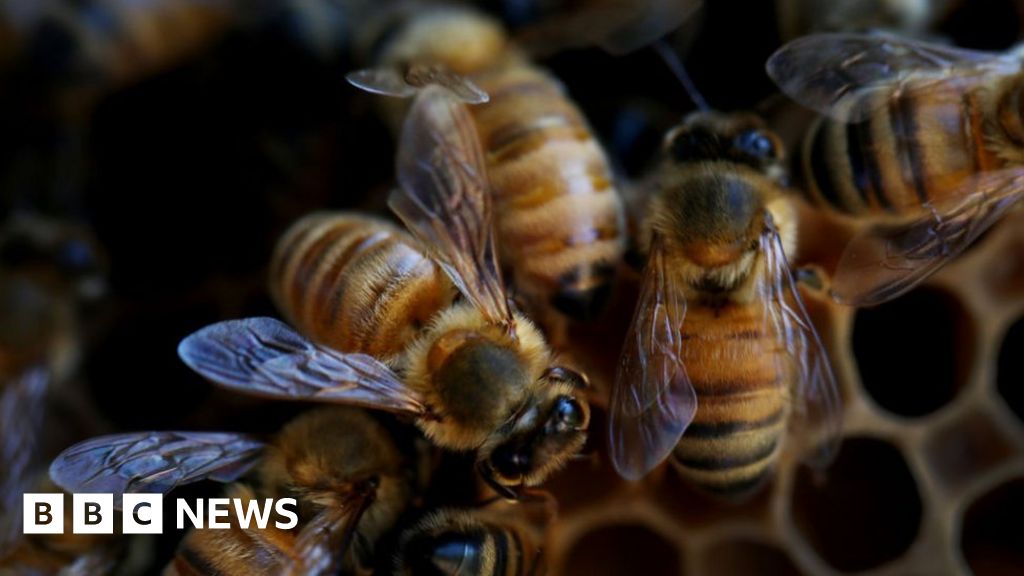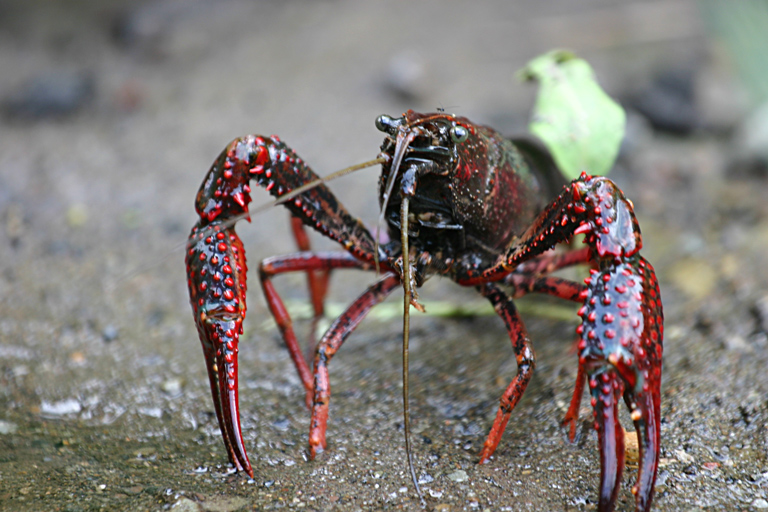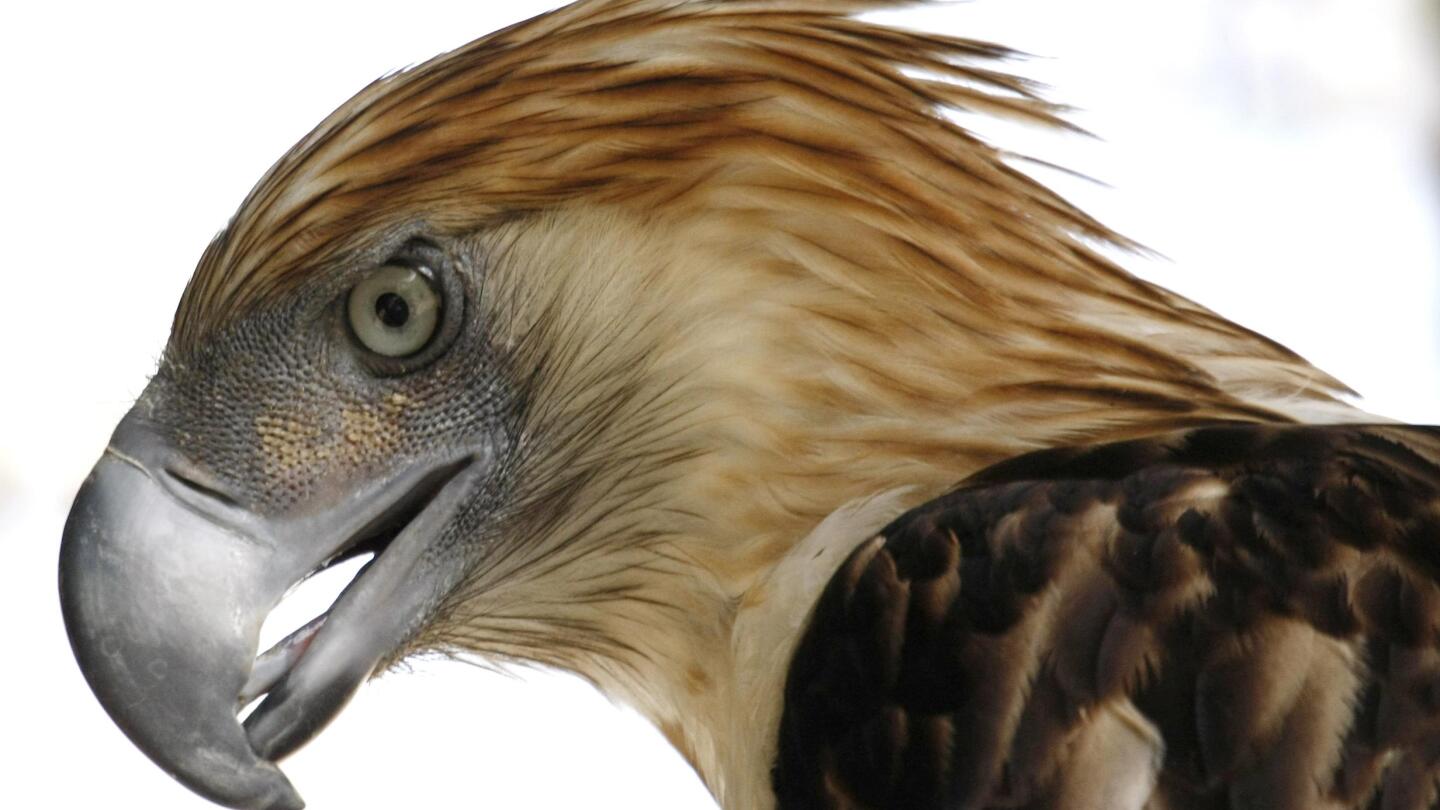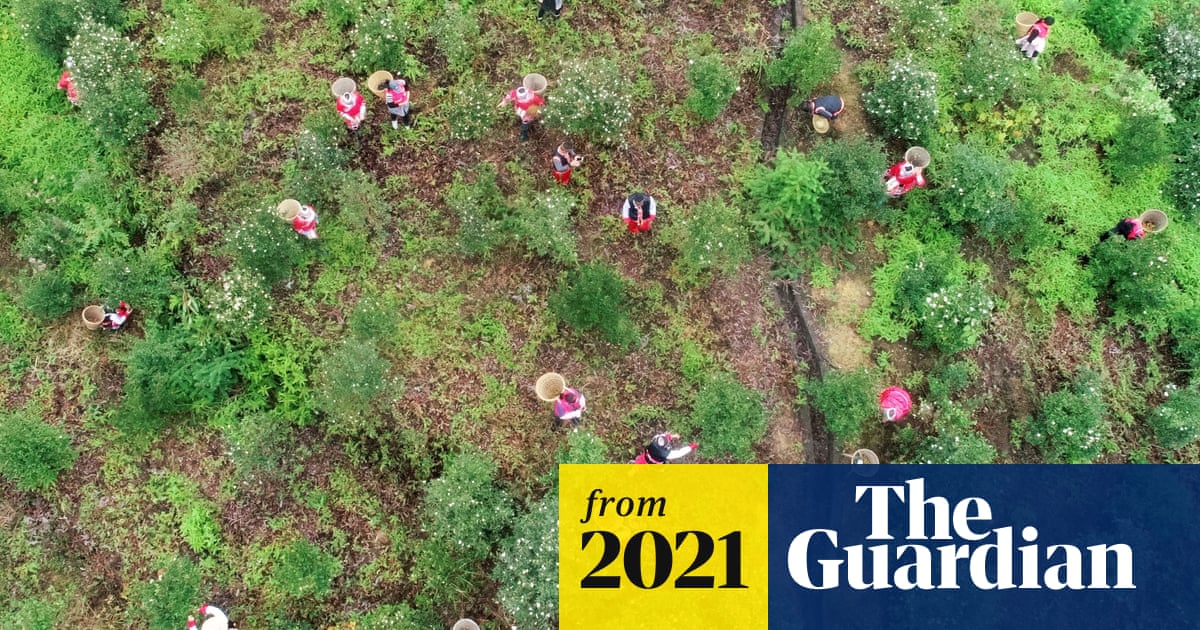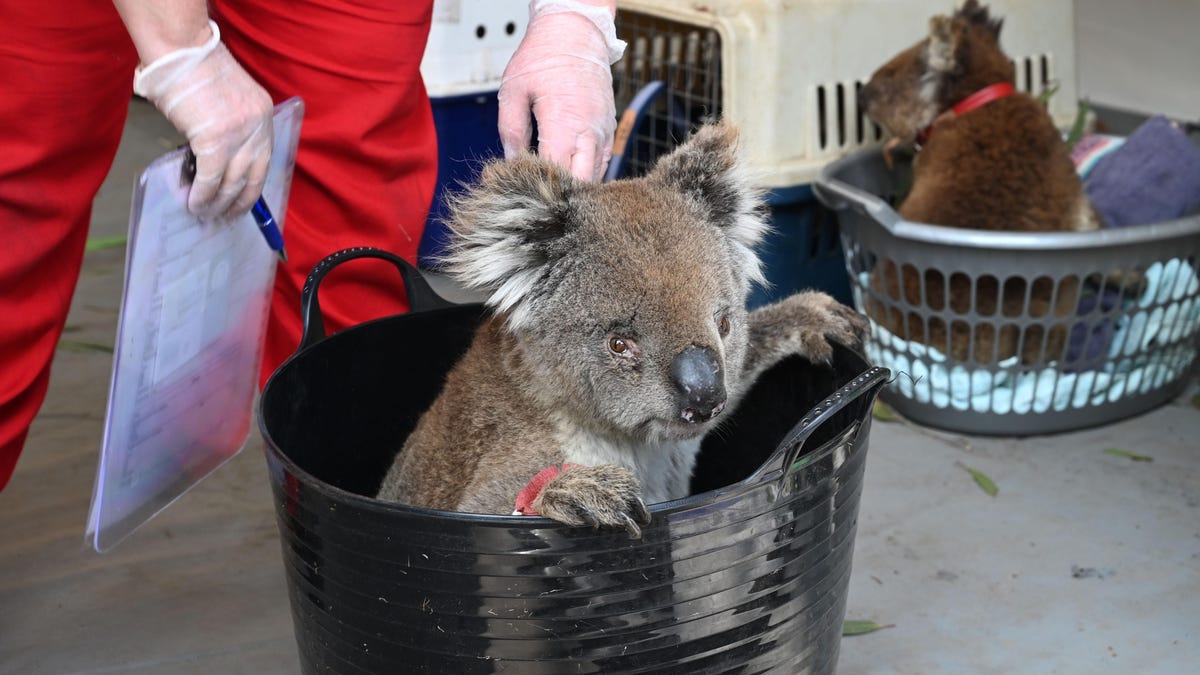Jan Libourel
Well-Known Member
- Messages
- 854
Just saw in the magazine of Ducks Unlimited (a fine old conservation organization I support) that the population of light-colored geese (greater and lesser snow geese, Ross' geese) has increased enormously in recent decades--to the point where they are destroying habitat, including critical habitat for ducks and also damaging agriculture. Increased bags permitted to hunters don't seem to be checking their numbers. At least they sure don't seem to be in any danger of extinction.
A few years ago a Ross' goose wintered at the lagoon by my house. It attracted a number of birders since it was south of its customary wintering grounds in the Central Valley. It was a cute little goose. It vanished after some storms in early March. I envisioned the little goose gamely making its way up to its nesting grounds north of the Arctic Circle and wished it well.
A few years ago a Ross' goose wintered at the lagoon by my house. It attracted a number of birders since it was south of its customary wintering grounds in the Central Valley. It was a cute little goose. It vanished after some storms in early March. I envisioned the little goose gamely making its way up to its nesting grounds north of the Arctic Circle and wished it well.


